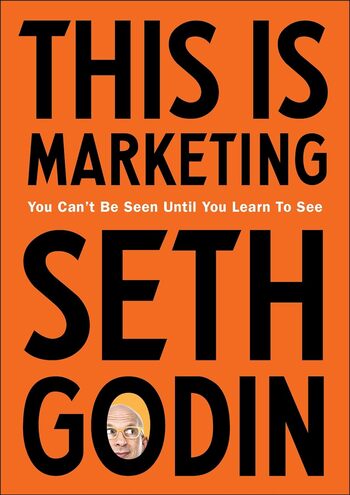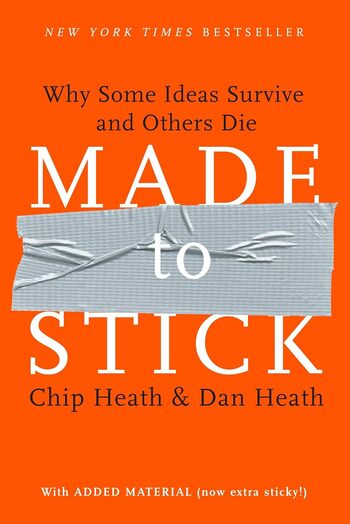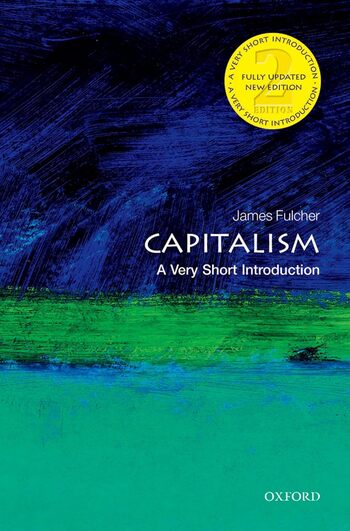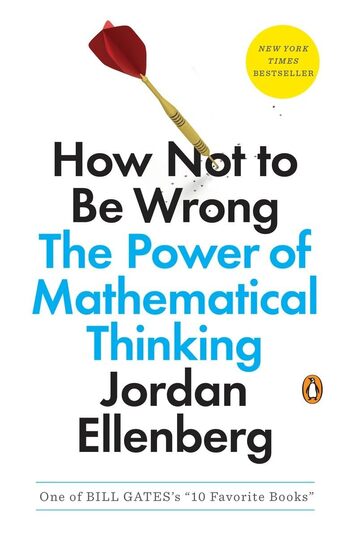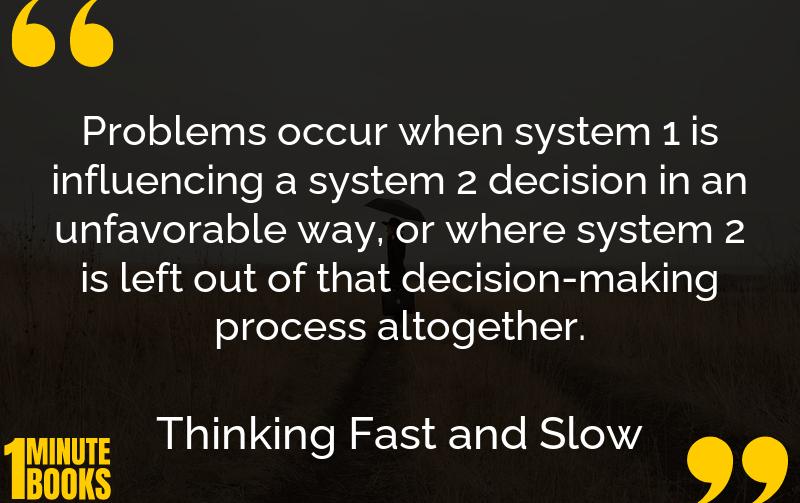
Daniel Kahneman’s ‘Thinking Fast and Slow’ explores how two systems—fast, intuitive thinking and slow, deliberate thinking—shape our judgments and decision-making processes.
Main Lessons
- System 1 thinking is fast, automatic, and often guided by emotions and instincts.
- System 2 thinking is slow, effortful, and requires concentration on complex tasks.
- Automatic processes, such as routine decisions, can be managed by utilizing system 2’s laziness.
- The priming effect influences perceptions and decisions without conscious awareness.
- Anchoring can skew judgment; unrelated numbers can act as subconscious guides in decision making.
- Framing effects illustrate that presentation of information can affect perception and decision making.
- Cognitive ease simplifies complex decisions using gut feelings rather than factual analysis.
- Risk perceptions can be altered by framing scenarios positively or negatively.
- Investment decisions benefit from critical evaluation of sources to avoid biases like priming and anchoring.
- Emotional stability is crucial in investing, irrespective of intelligence quotient.
- The framing effect can be both a helpful tool in persuasion and a pitfall in objective analysis.
- Understanding cognitive biases aids in more rational and objective decision-making processes.

